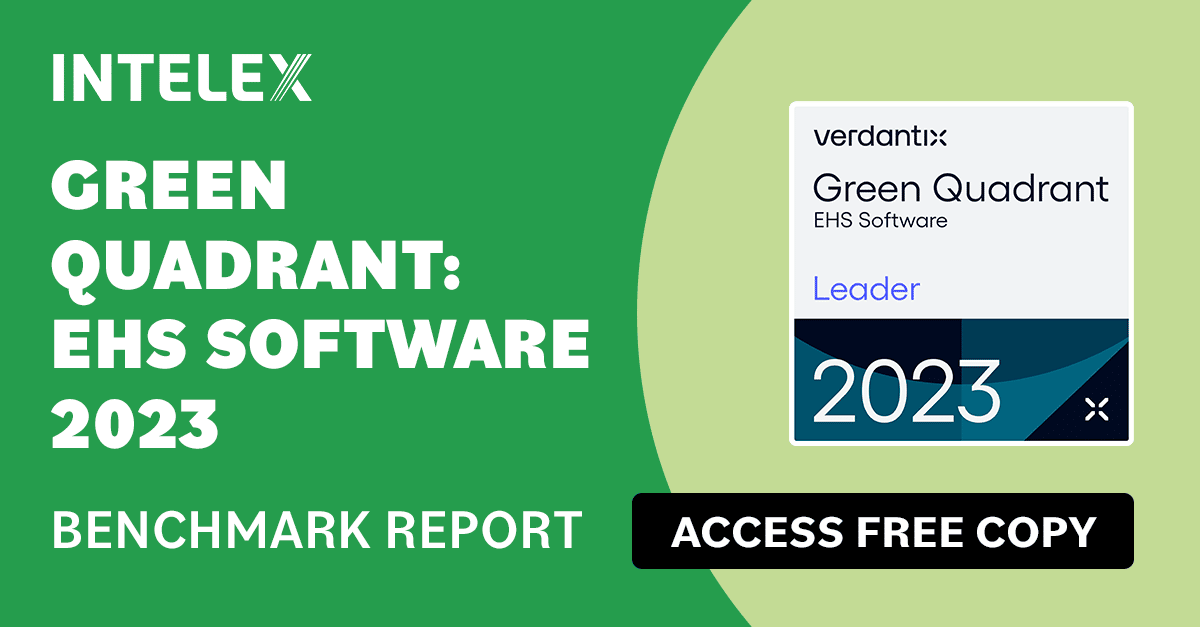The Business Case for Document Control
March 1, 2019

Knowledge management is the heart of any business enterprise. Having ready access to accurate and up-to-date information strengthens decision making capabilities, aligns everyone in the organization around learning, and supports a culture of innovation. The ability to effectively manage documents is also a central element of most quality management systems, including ISO 9001:2015, Baldrige and EFQM.
Documents are “the means… to communicate legitimacy, work requirements, instructions, methods and results.” (Pho & Tanbo, 2014) Because they are so central and elemental, document management systems also unify the people within an organization (and sometimes also across boundaries of the supply chain ecosystem) around shared processes. They are used to manage the internal flow of information, and also to advance sustainability targets by substantially reducing paper usage. Together, they can:
- Create new documents or edit existing documents
- Keep track of document versions, and what changes were made in each revision
- Collaborate with people inside and outside your organization on those documents
- Review, approve, and electronically (or physically) sign documents
- Release and store documents for easy access
- Keep track of printed, physical copies of documents if necessary
- Tag documents to enhance searchability and support statistics

Less formal mechanisms like Google Drive, GitHub, Sharepoint and storing shared files on your firm’s “N Drive” (or whatever you call it) are perfectly sufficient for getting started. The cost of document workflows, approval processes, version controls, audit trails and statistics should be factored in as operations expenses in total cost of ownership (TCO) calculations, since it can be substantial. In addition, services fees to port documents out of these basic solutions can be steep.
Your organization can grow out of these starter solutions quickly though, especially if your sites and facilities are situated in many different countries. To maximize the value from document management and control, you should be aware of when your organization will need to scale up, and should be prepared to identify, in advance, how that will happen.
Companies choose formal document control systems when they want a more highly engineered solution that will stand up to auditors’ scrutiny, especially in high risk organizations. Teams that have built these systems have spent significant time worrying about contemporary issues so that organizations can focus on their core competencies. These challenges include:
- Scale. Many basic document management systems impose limits on file sizes, uploads or downloads or organizations. For example, the number of gigabytes per document, number of documents per directory or number of different supported file types may have a hard upper limit. Scaling your organization up to multiple sites or multiple geographies can present barriers to implementation.
- Privacy and security. Formal document management systems keep institutional knowledge secure and safe from cyberattacks, and ensure that only authorized individuals (by name or by role) can access the documents that should be visible to them. They provide an added layer of protection for trade secrets.
- Safeguards for the supplier ecosystem. If your company is entrusted with drawings, specifications or inspection and audit data from your suppliers, those partners want assurance that their intellectual property will also be protected.
- Protection from civil and criminal penalties. Regulations like International Traffic in Arms Regulations (ITAR) and the Export Administration Regulations (EAR) in the U.S. apply not only to products and components that relate to defense applications — but information and technical data. This includes the contents of your controlled documents. Violations can incur substantial fines (up to $1M USD) and prison time (up to 20 years), even if your documents accidentally cross the wrong international boundaries.

Unfortunately, a document management system will not help you maintain good hygiene when your documents are produced. As described by lead ISO auditor Mary McAtee, the people who are engaged most closely with the process should be involved in preparing (if possible), reviewing and updating the documents that are closest to their work. She also recommends auditing and reviewing documents on a regular basis, for all operational processes, so that your organization is not behind when reviews or external audits are scheduled. Finally, McAtee mentions the significant time and cost savings when electronic document management systems can be used to track updates, issue notifications and make sure everyone who touches a process is trained on updates and improvements.
Effective knowledge and document management are essential for strengthening decision-making, promoting collaboration and fostering innovation within an organization. As companies grow, investing in scalable, secure and compliant document management systems becomes vital, particularly in industries with high regulatory scrutiny. By adopting these systems, businesses can protect sensitive data, streamline processes and enhance operational efficiency. Regular audits, updates and involving those closest to the processes in document maintenance will ensure long-term success, reduce costs and help organizations stay ahead of regulatory requirements.







